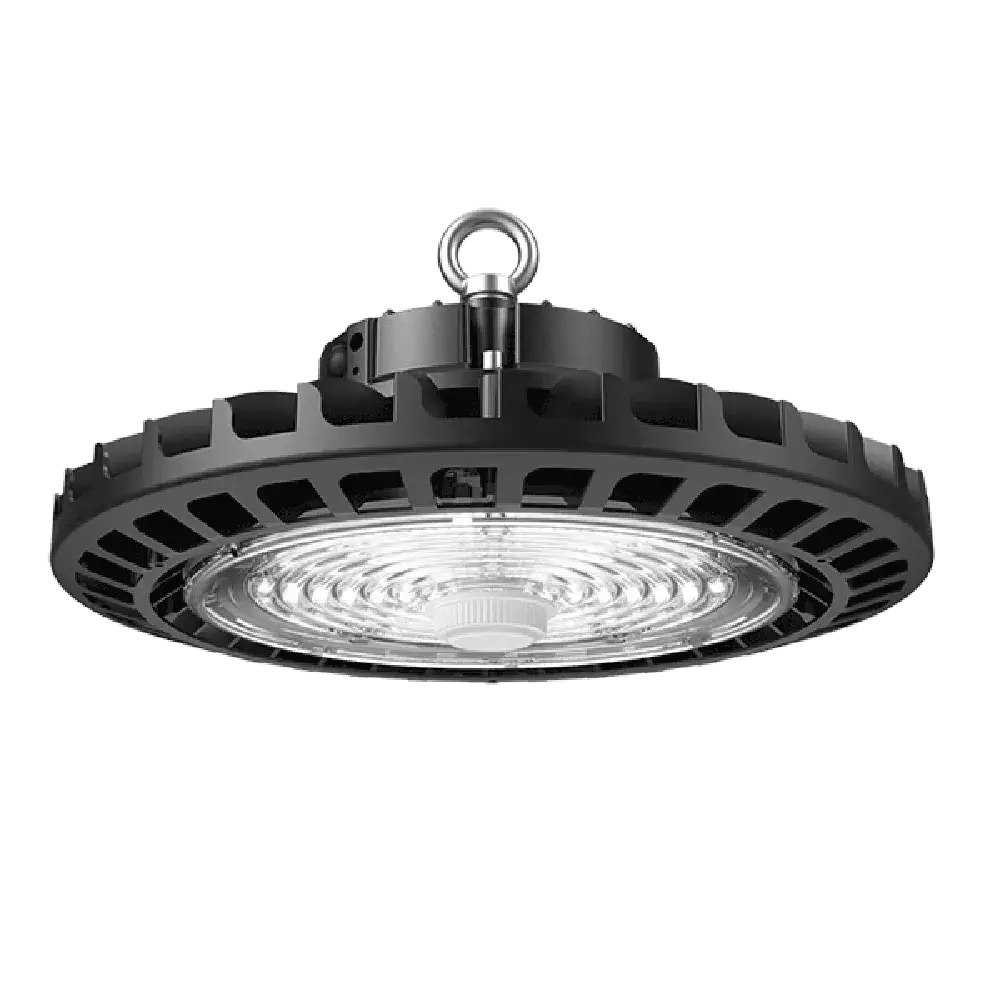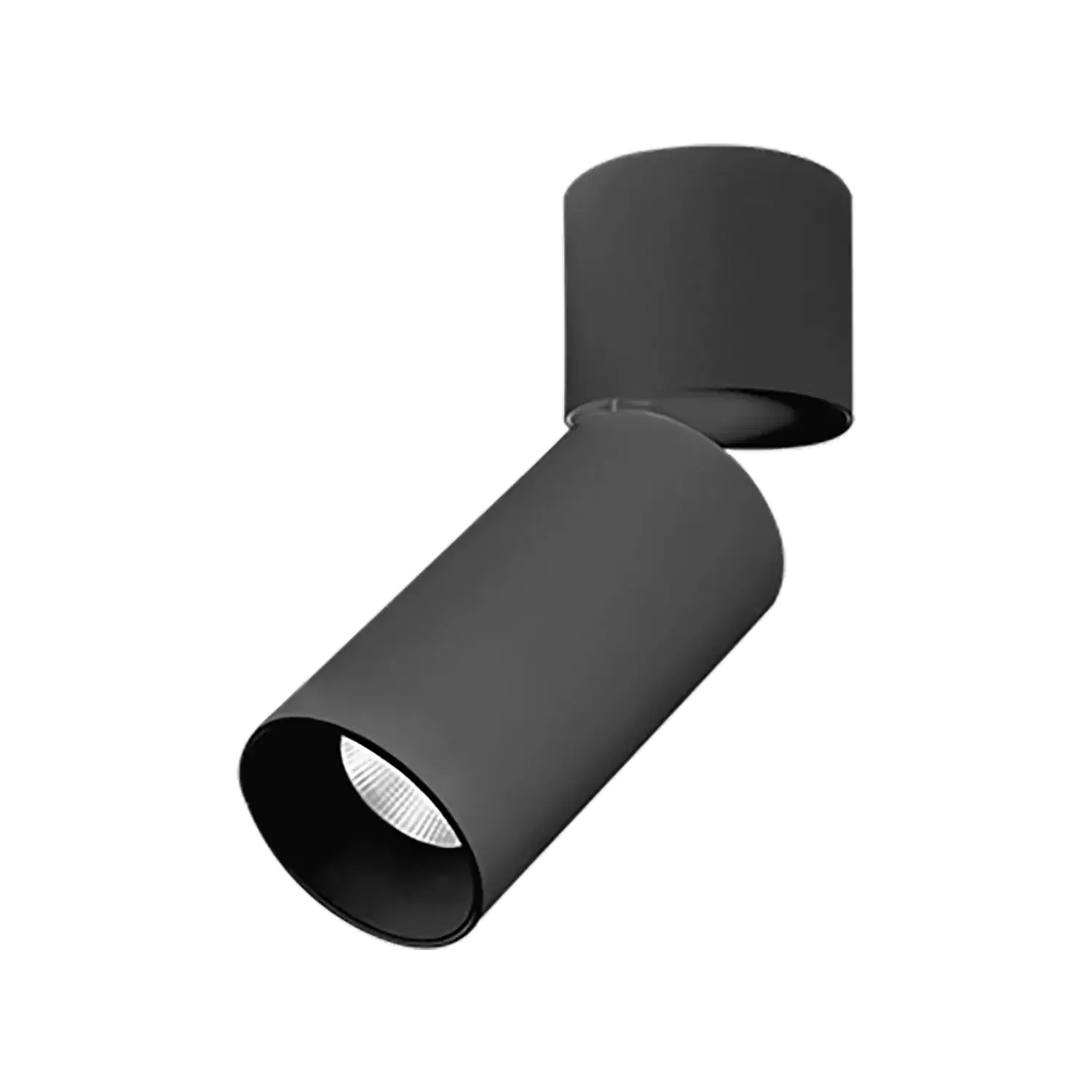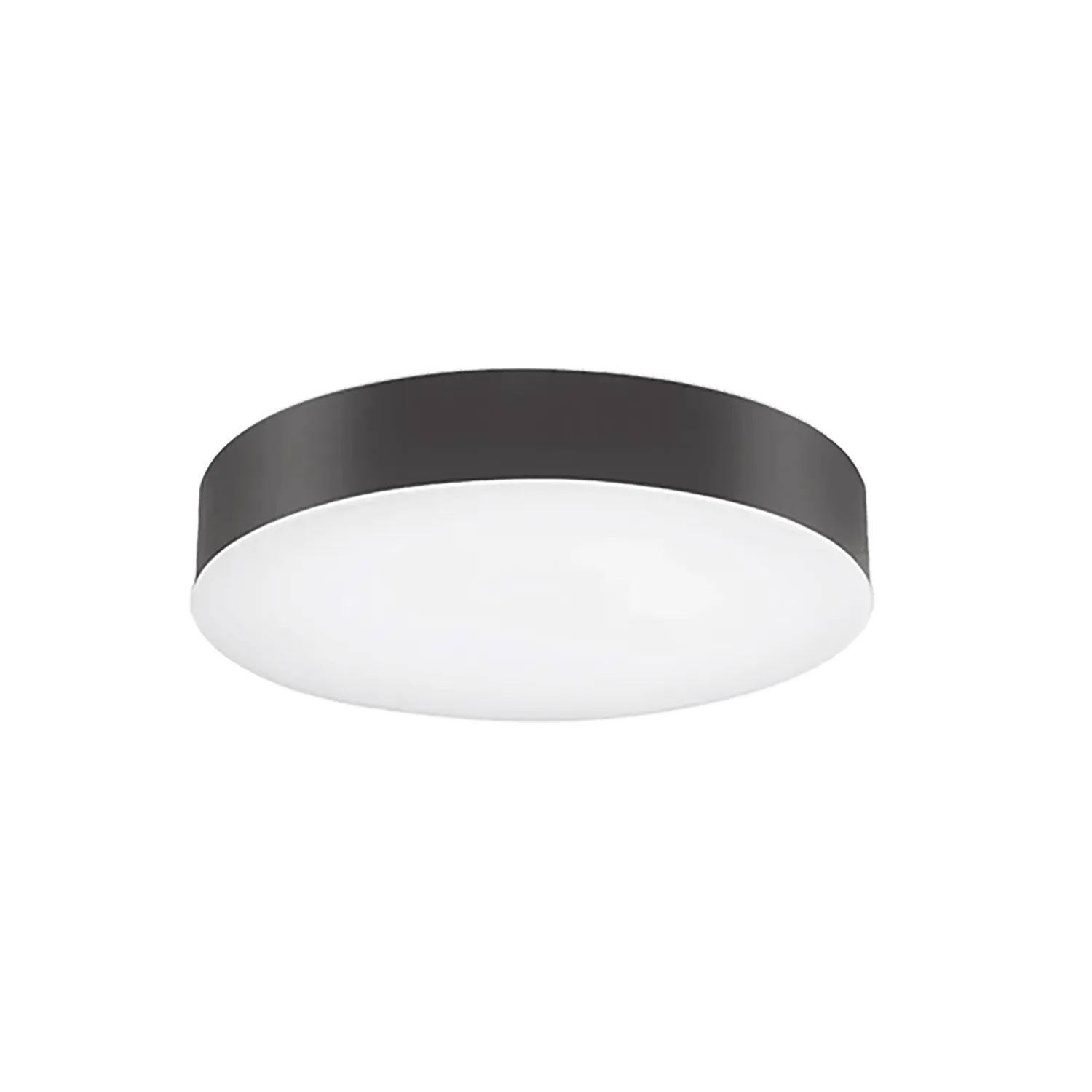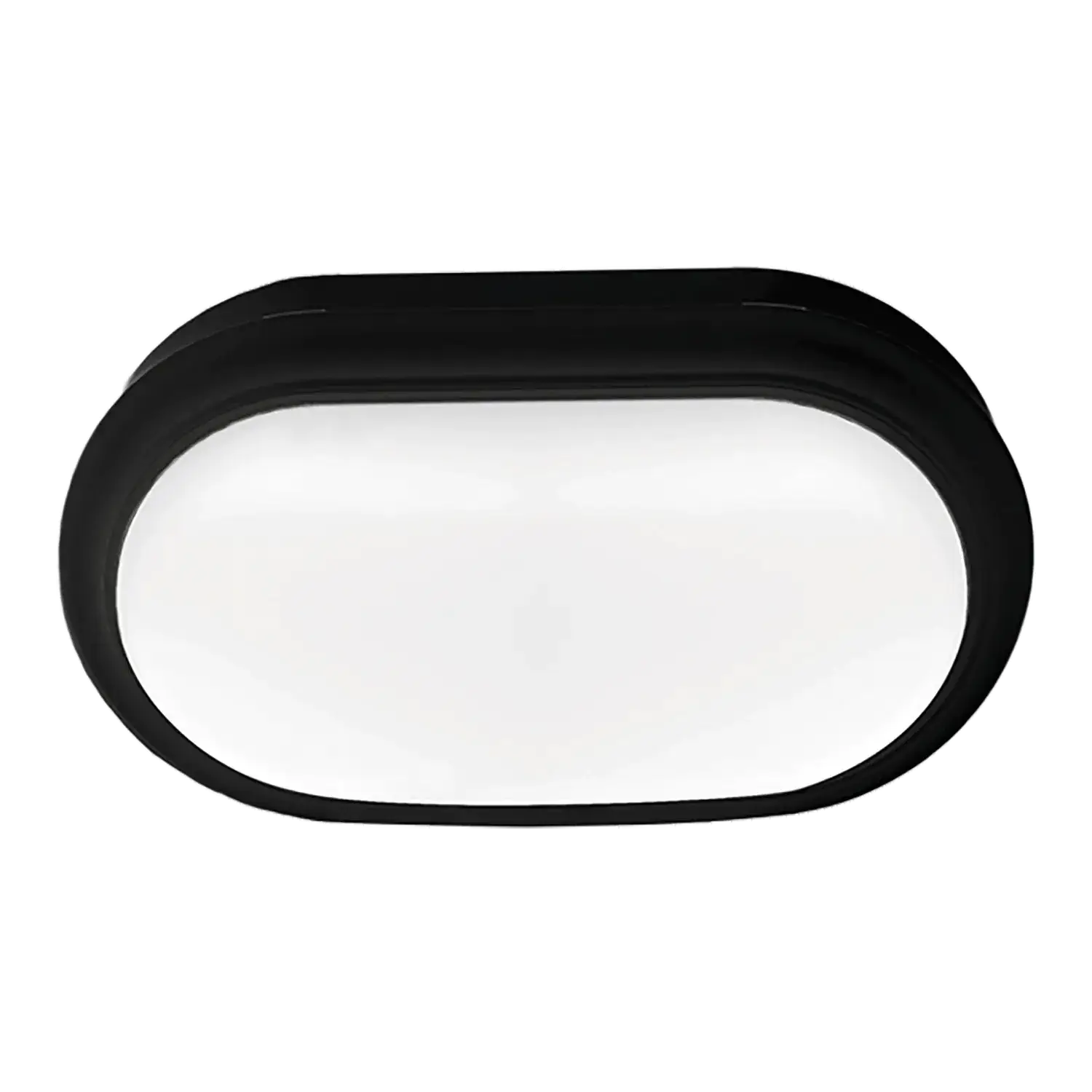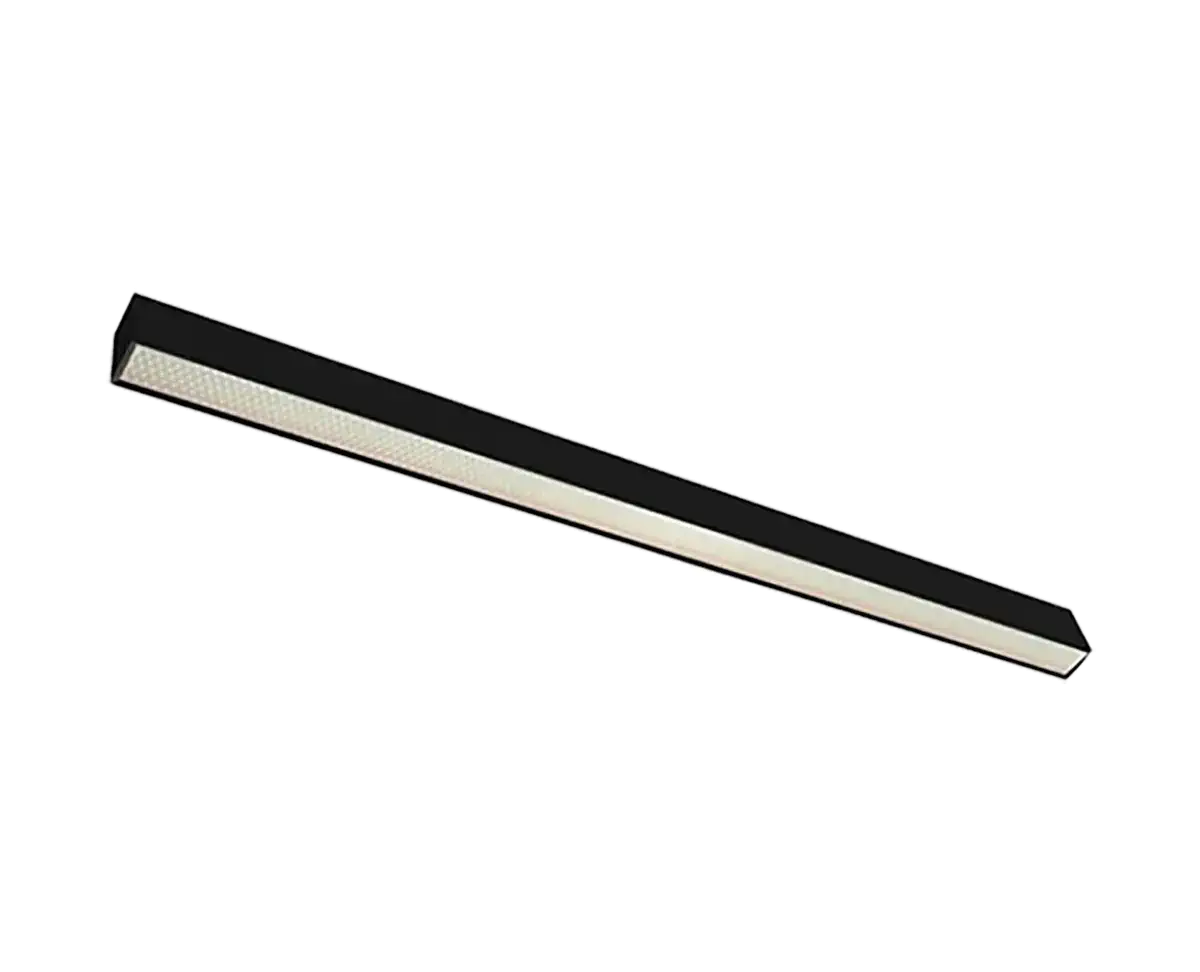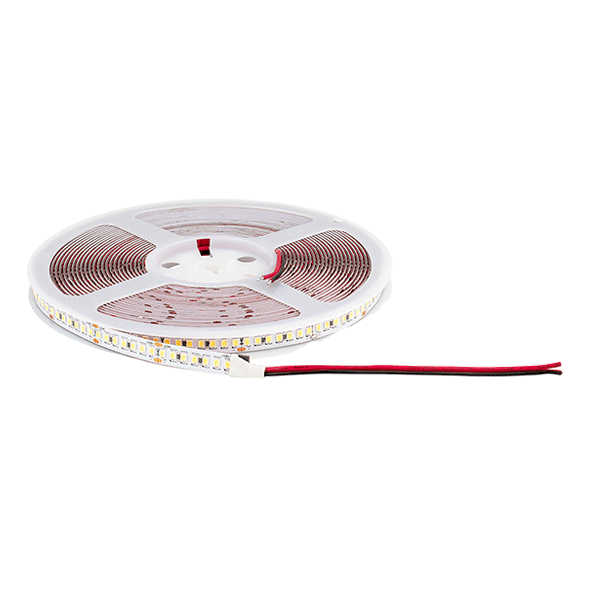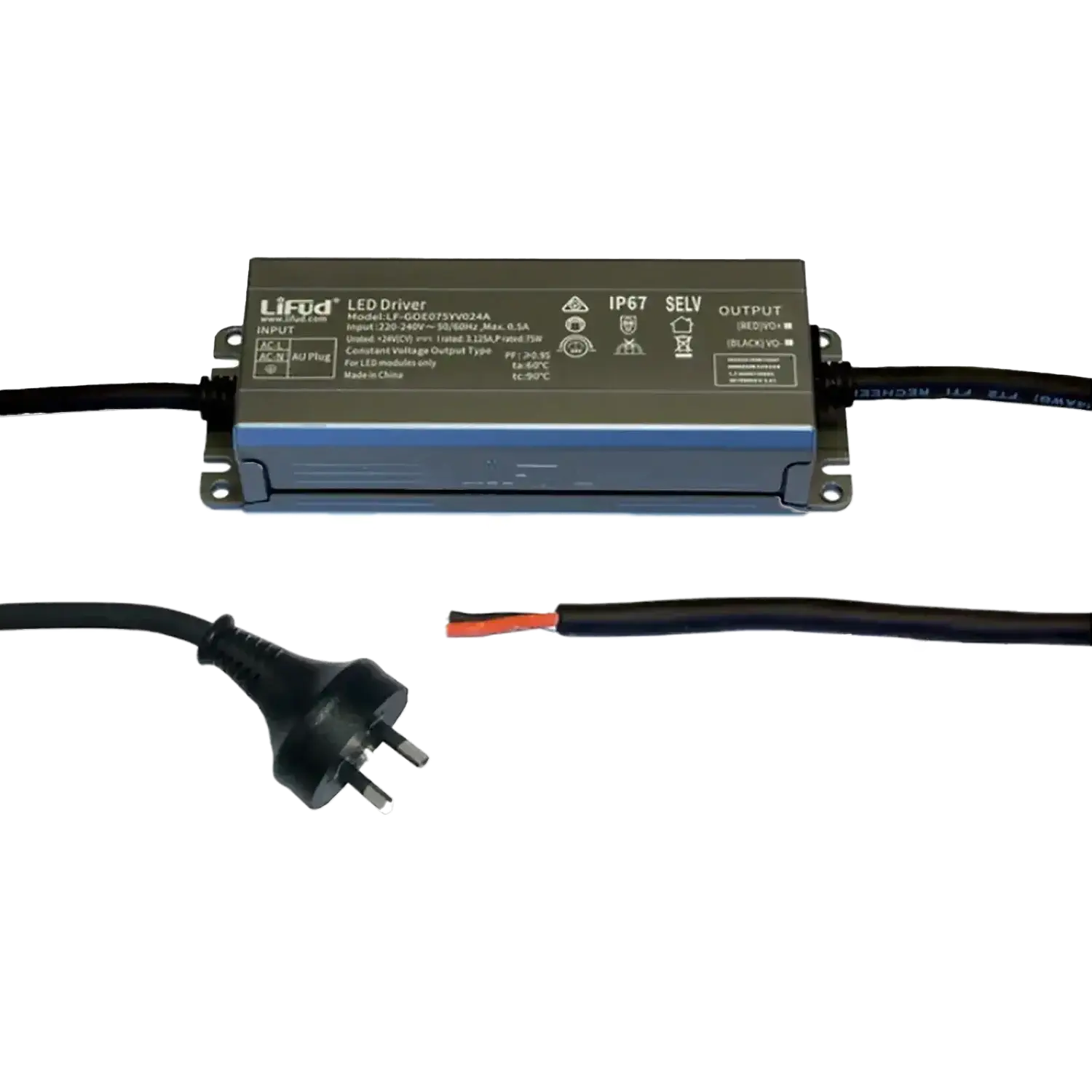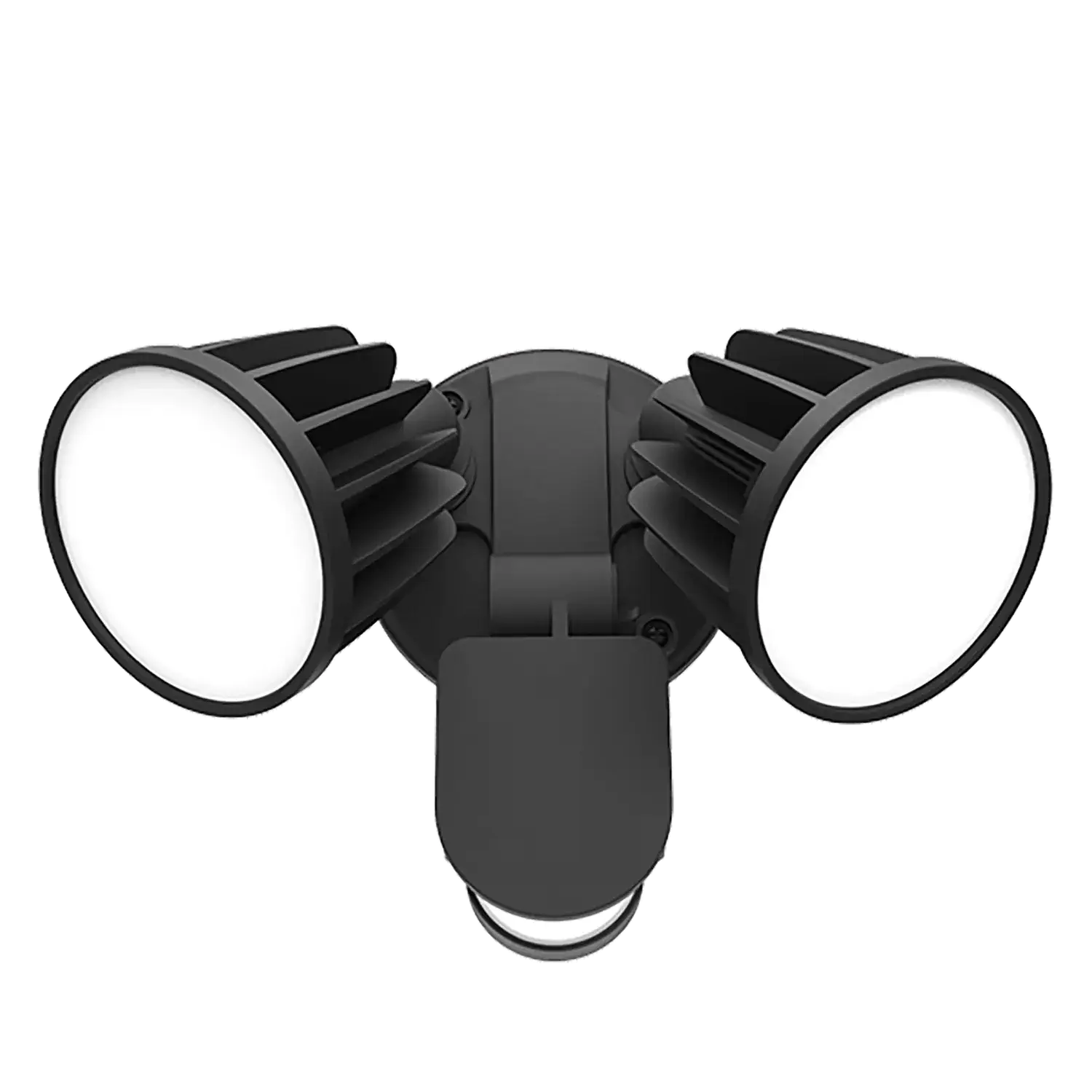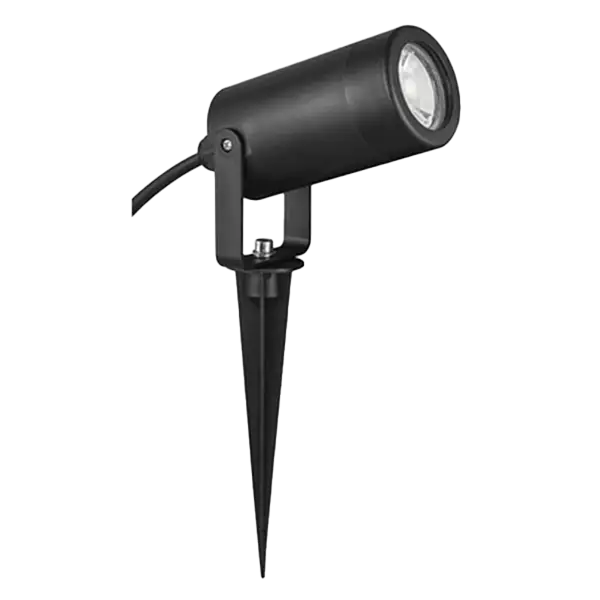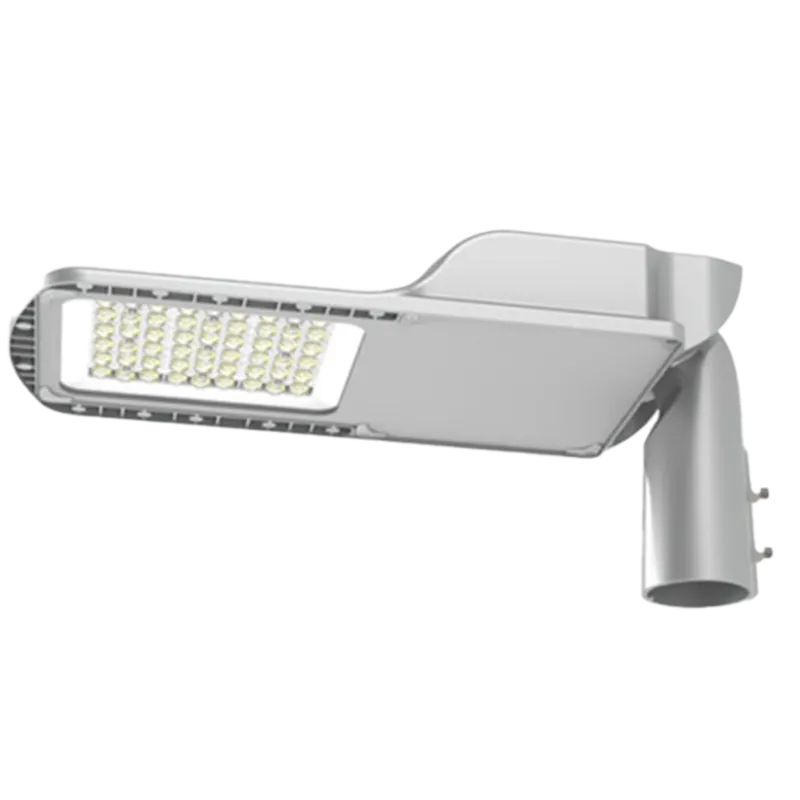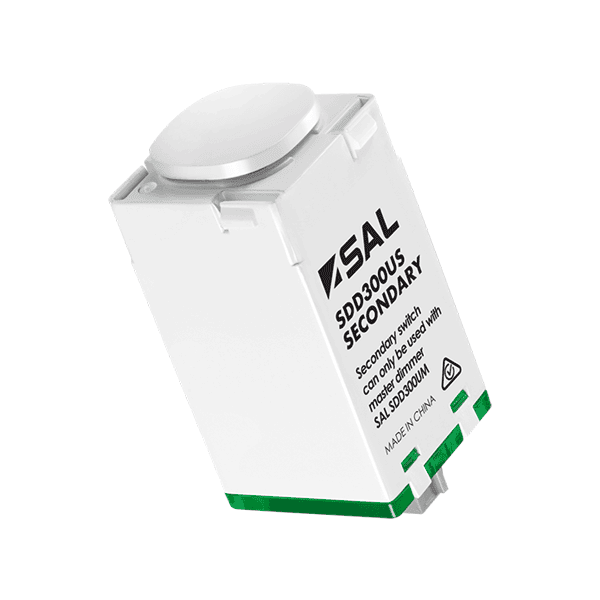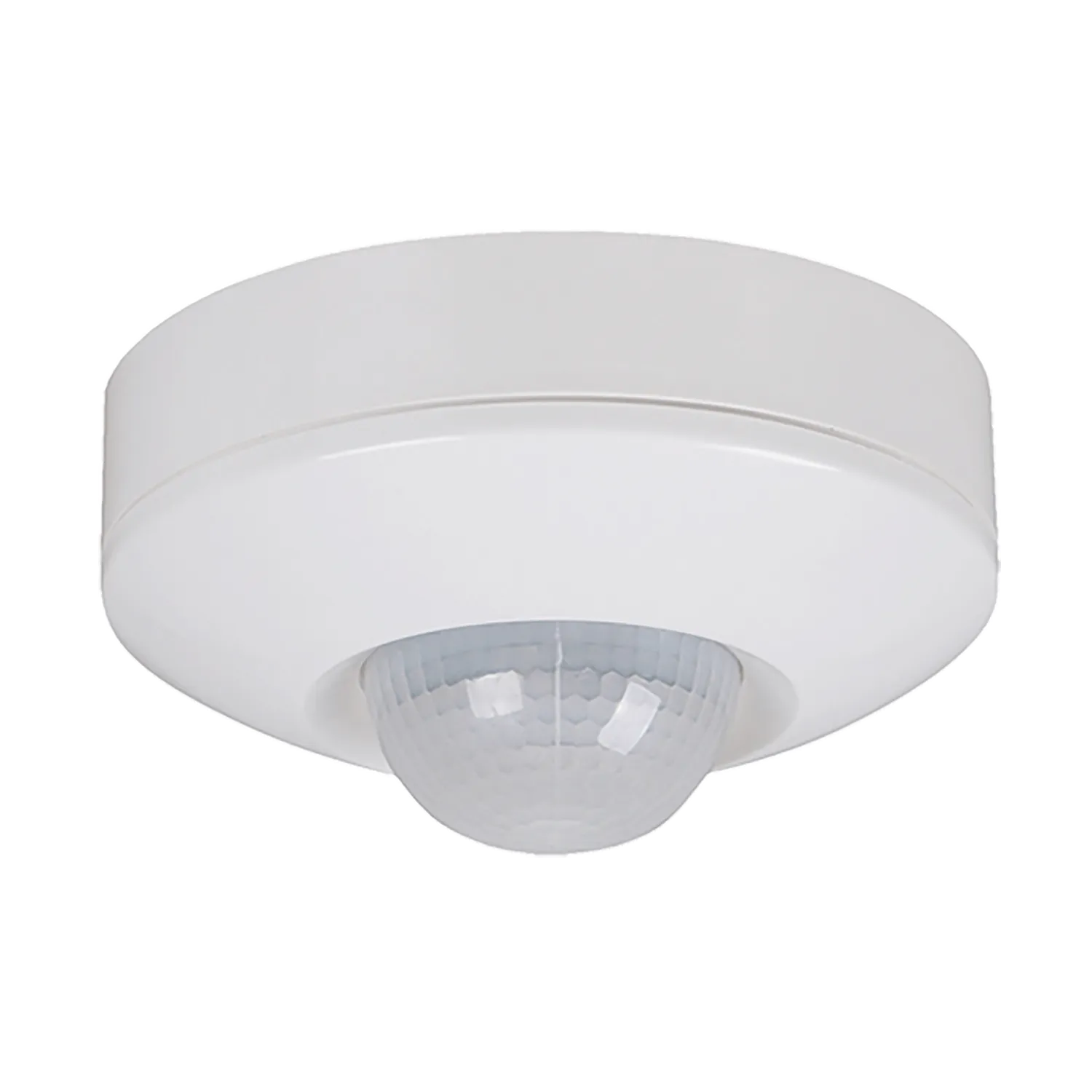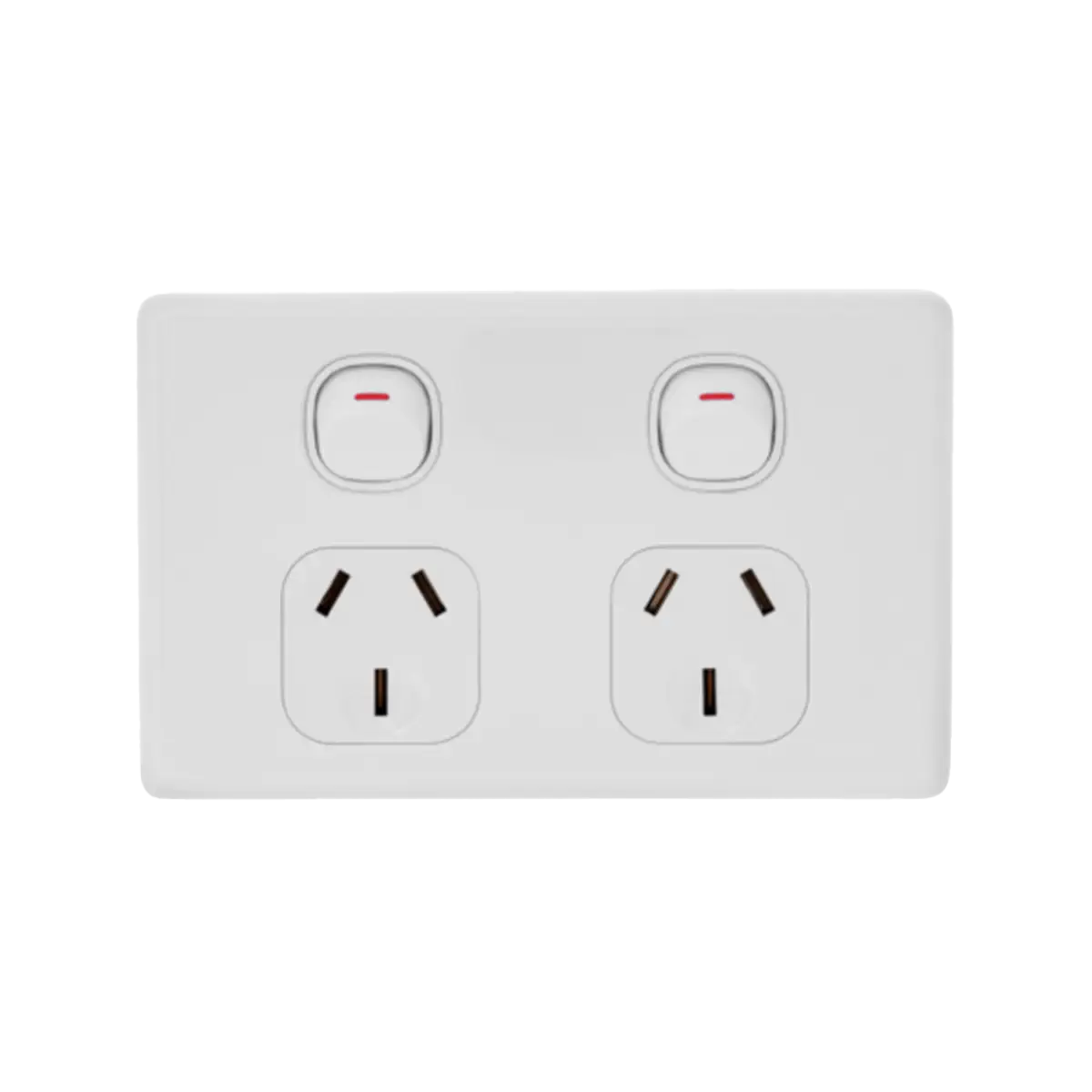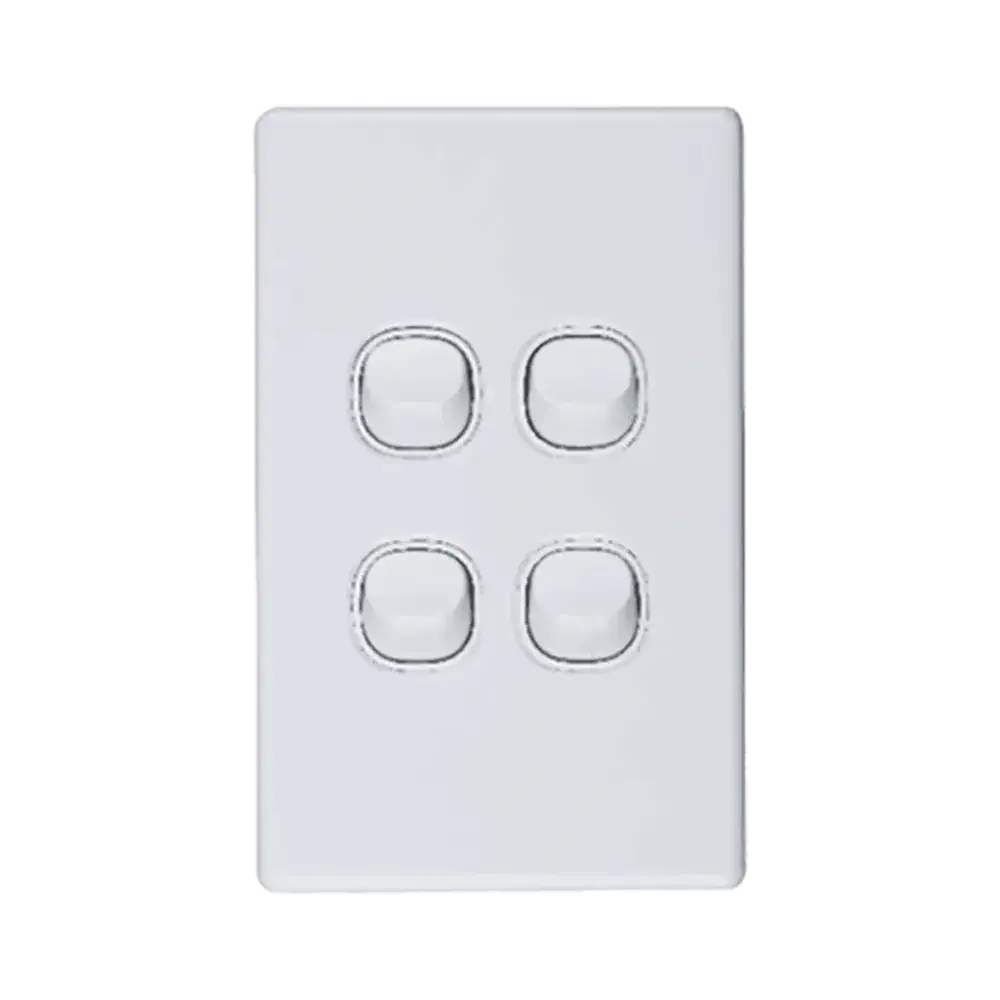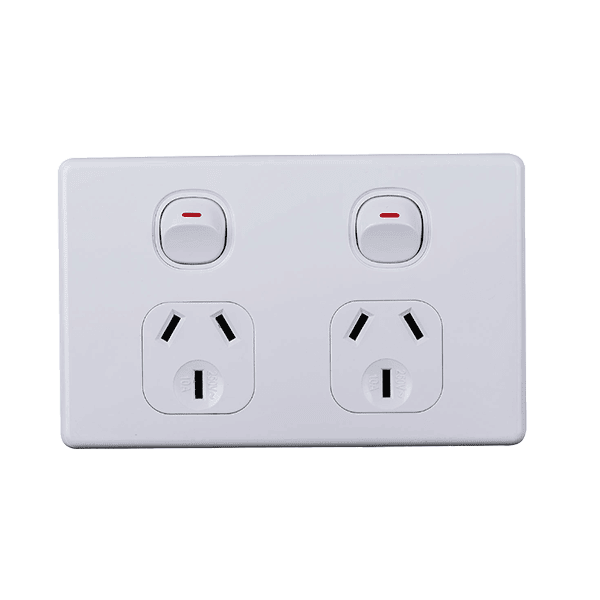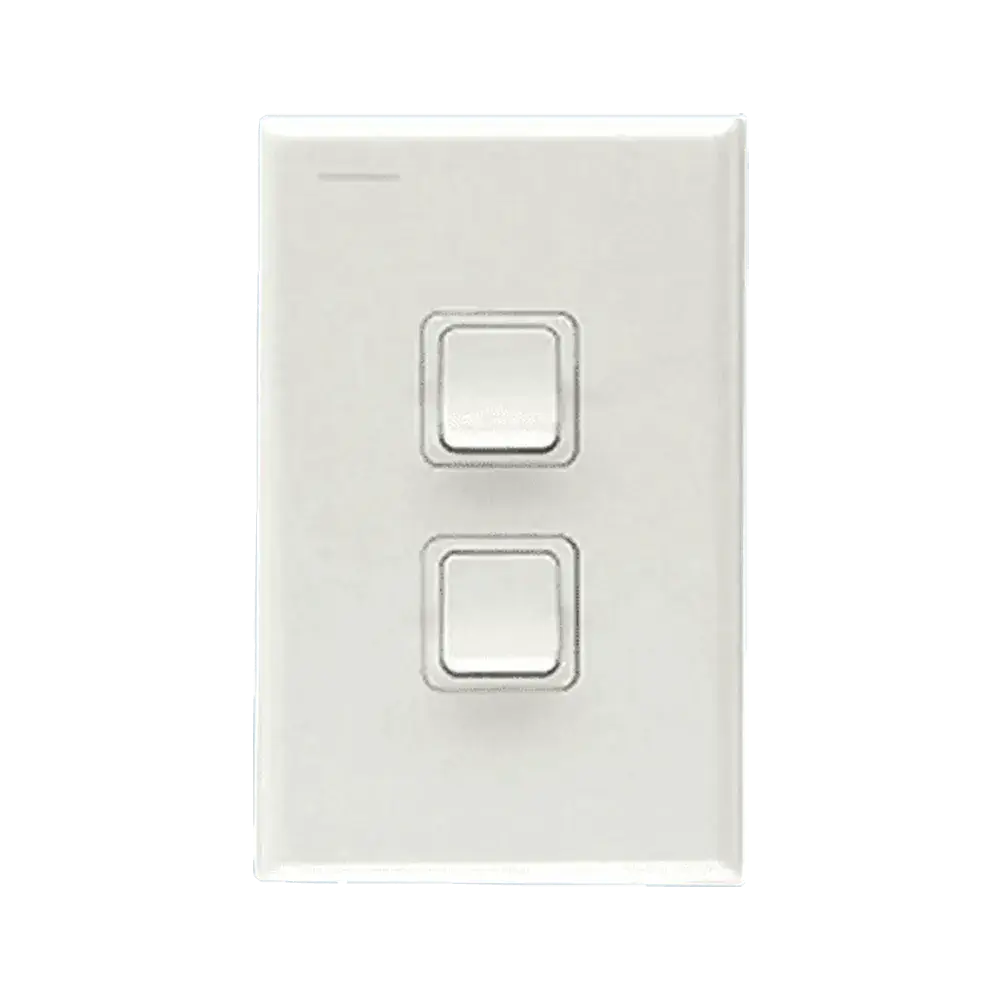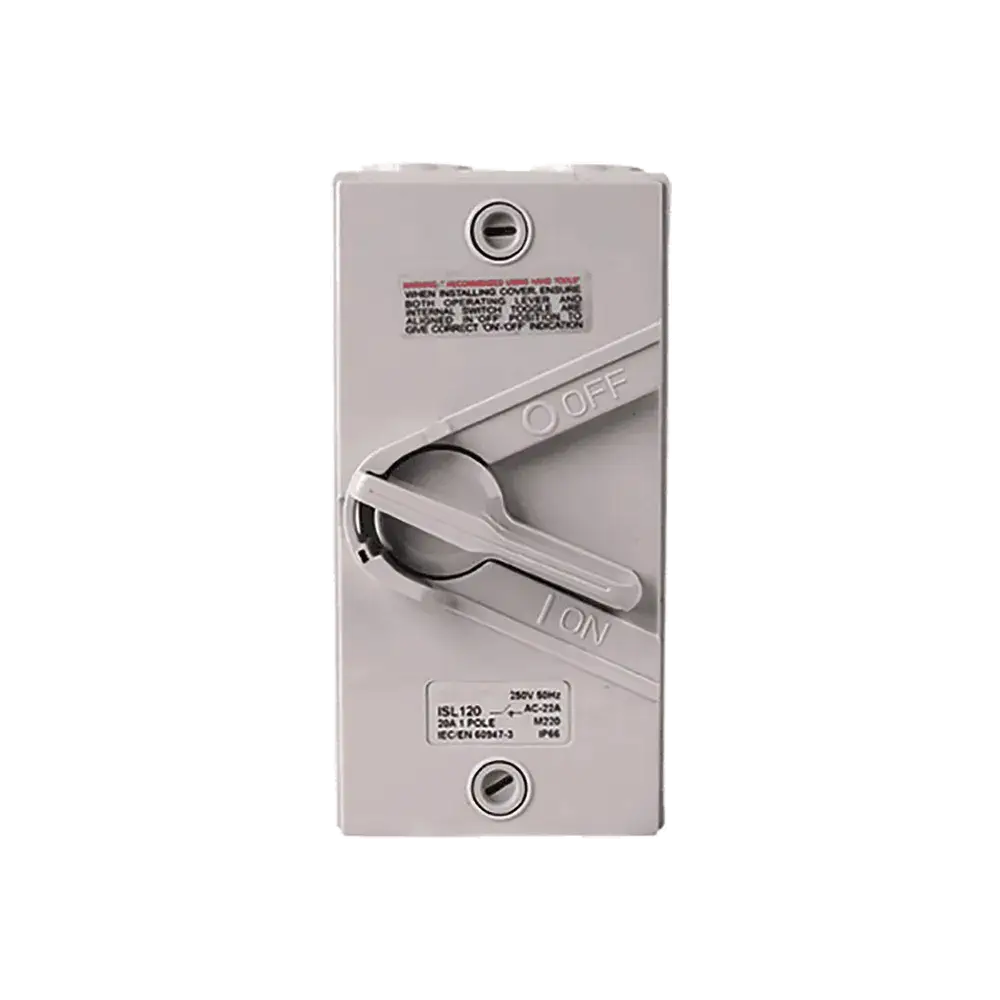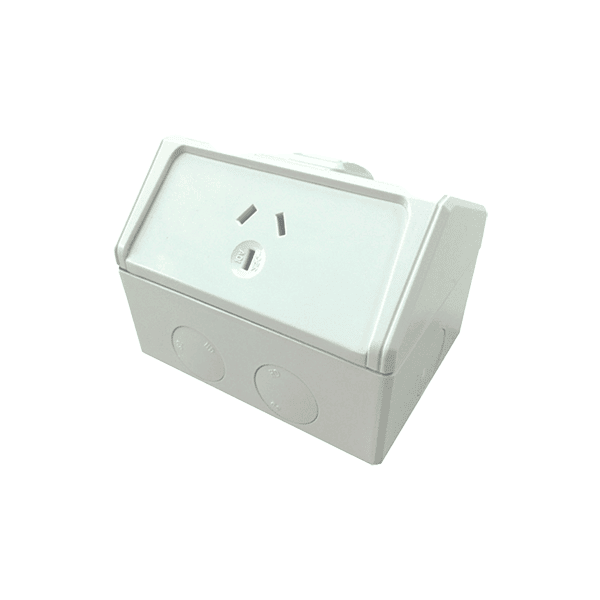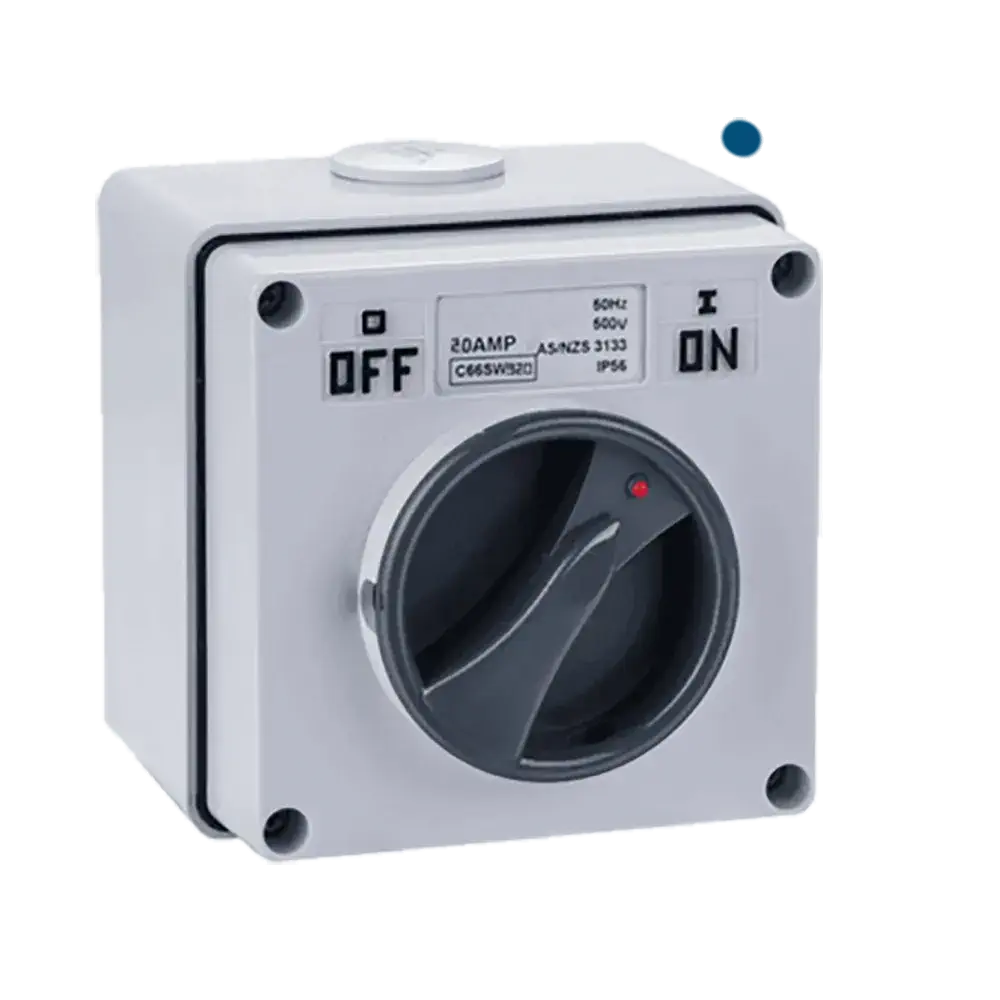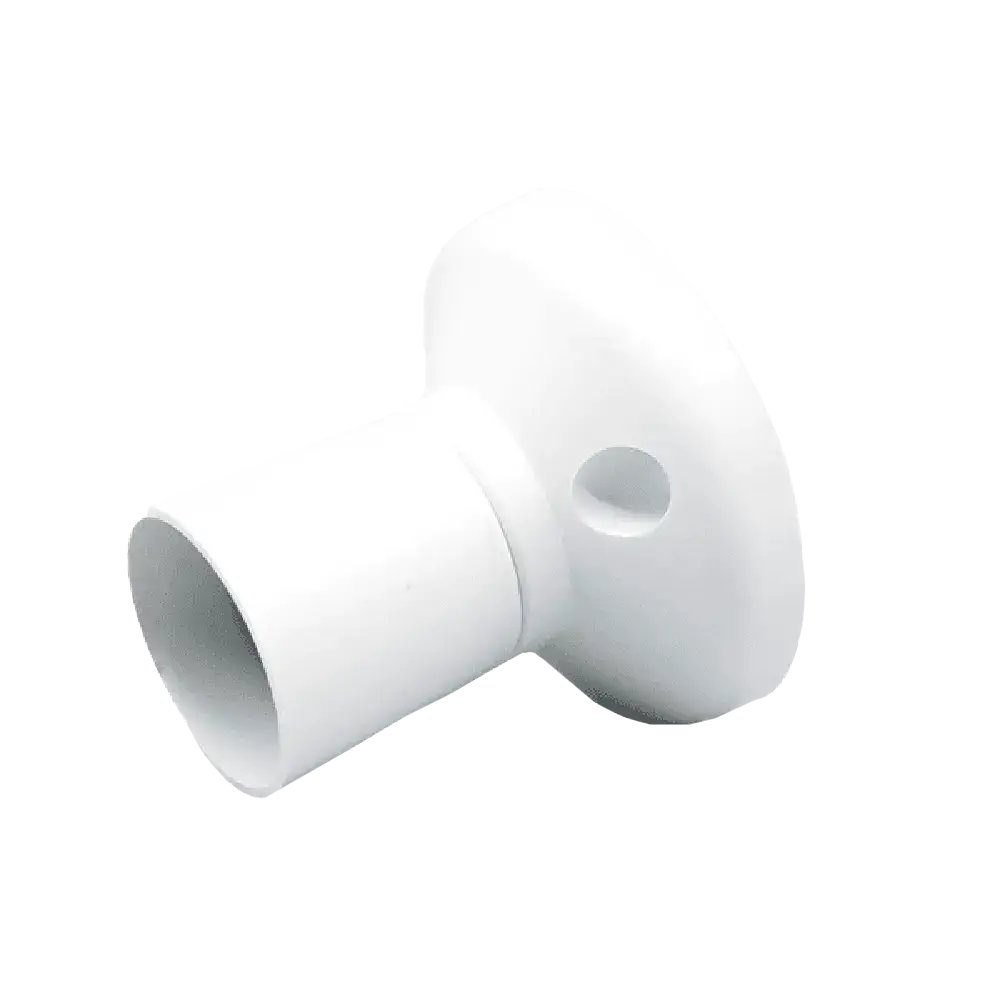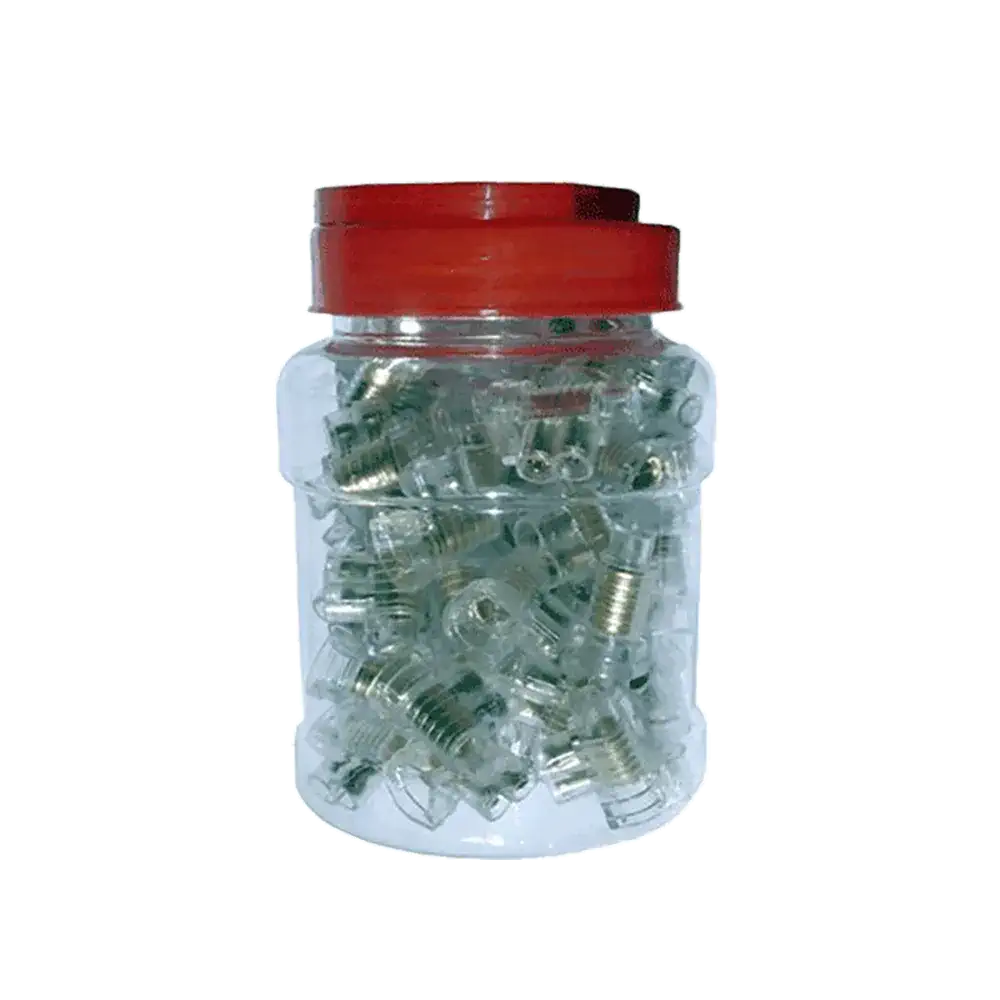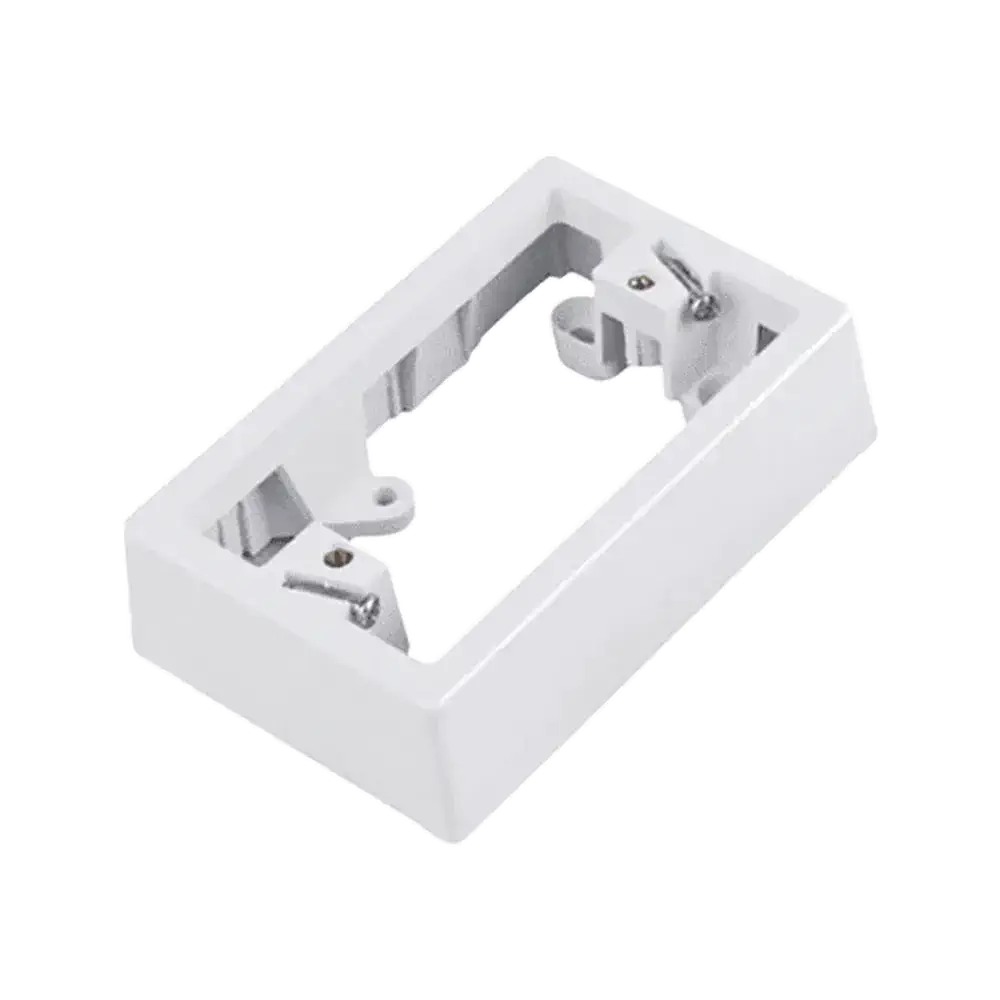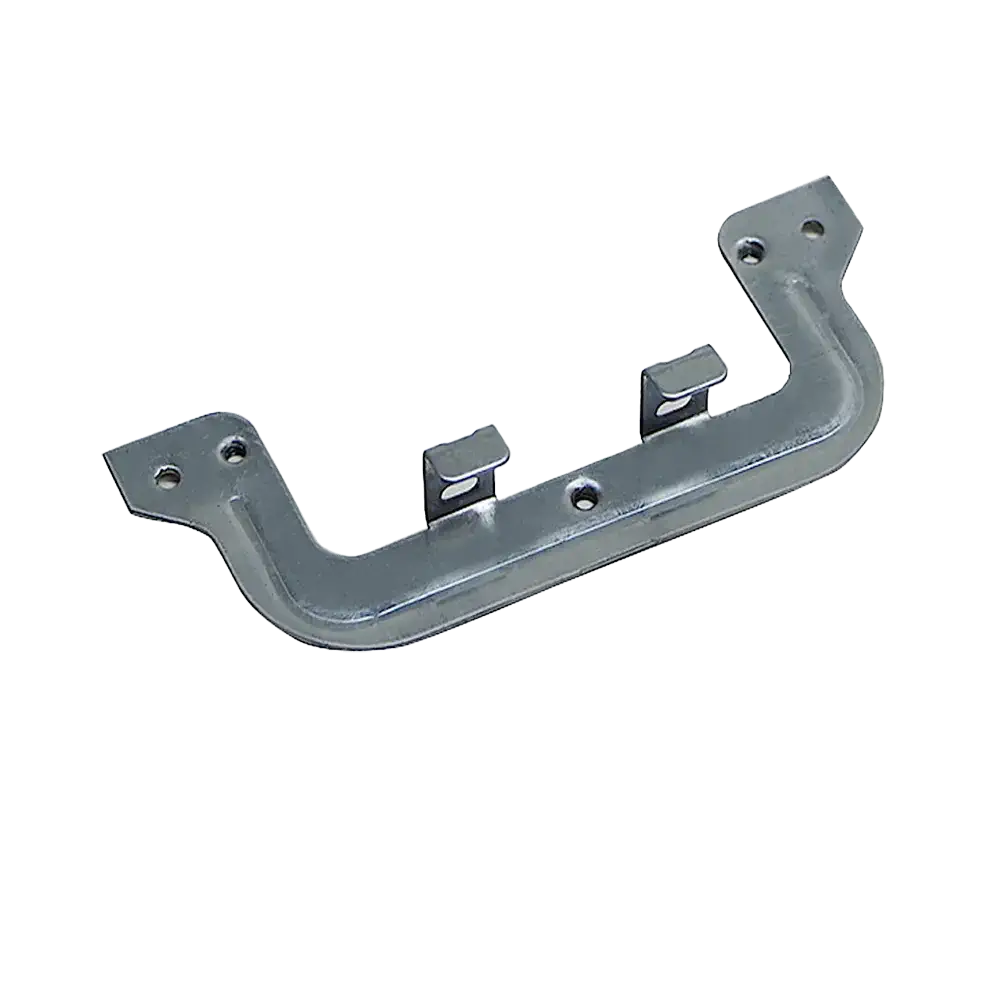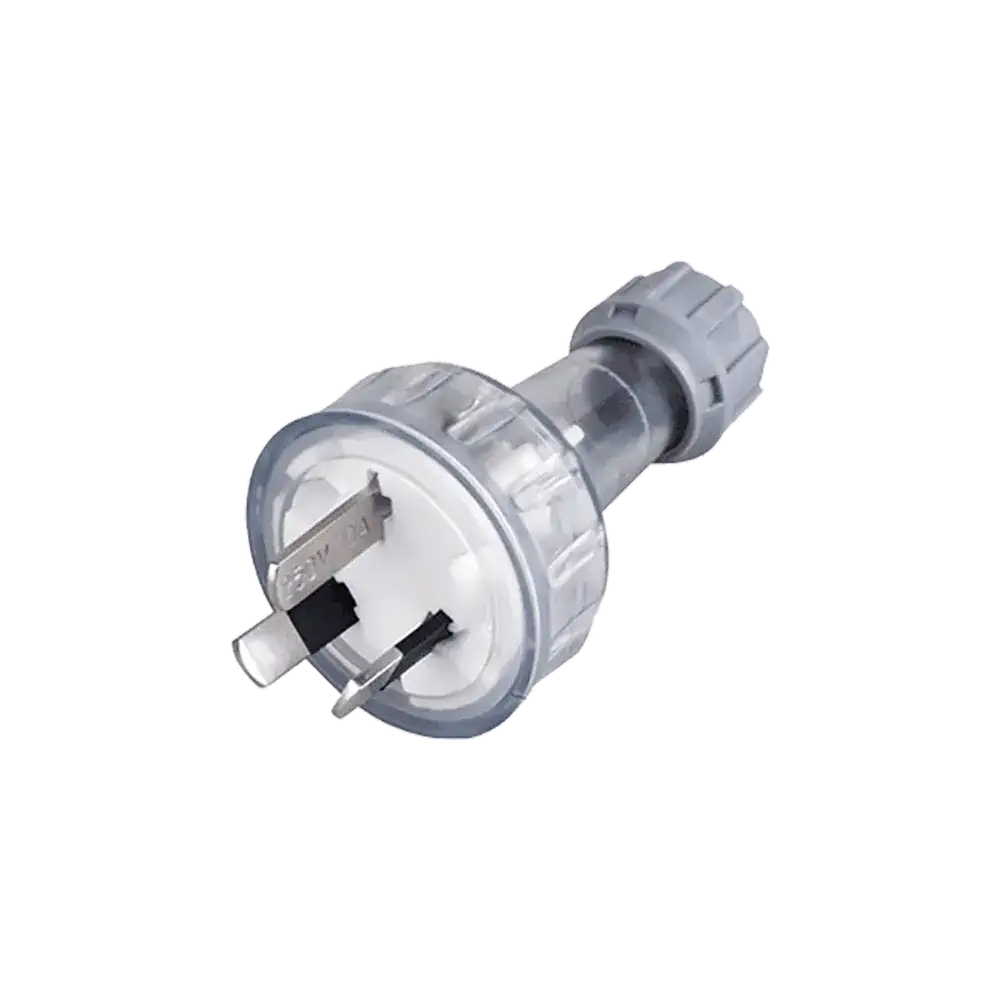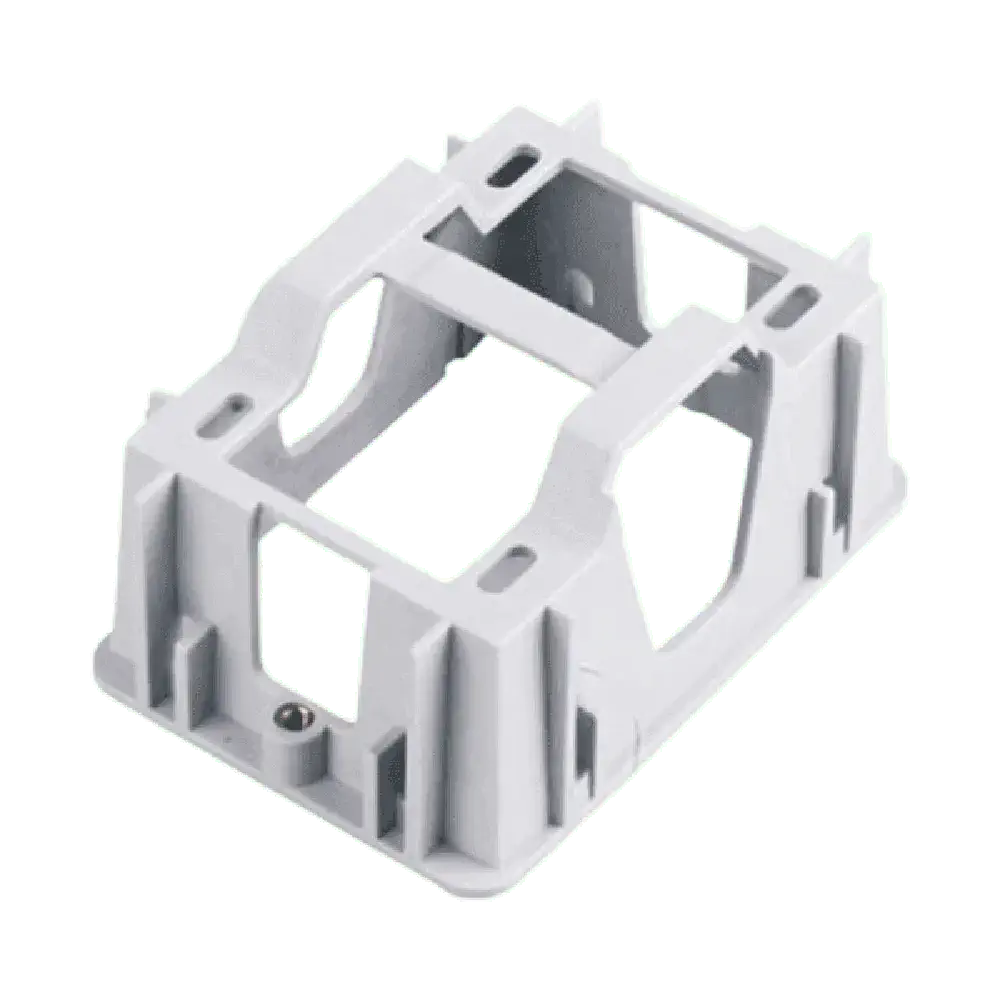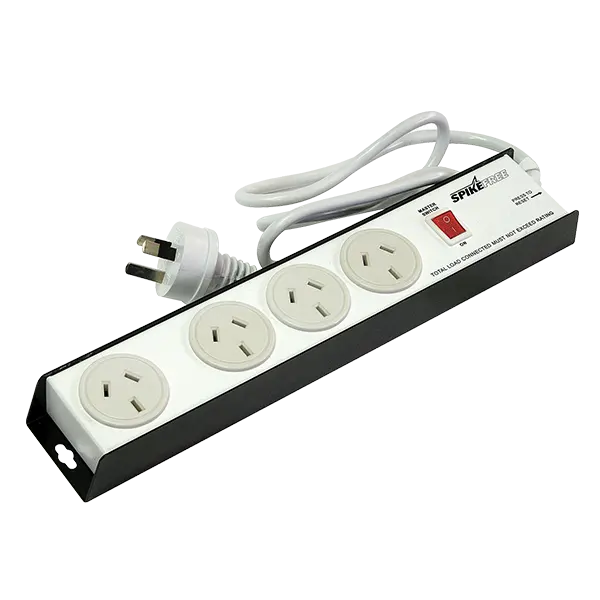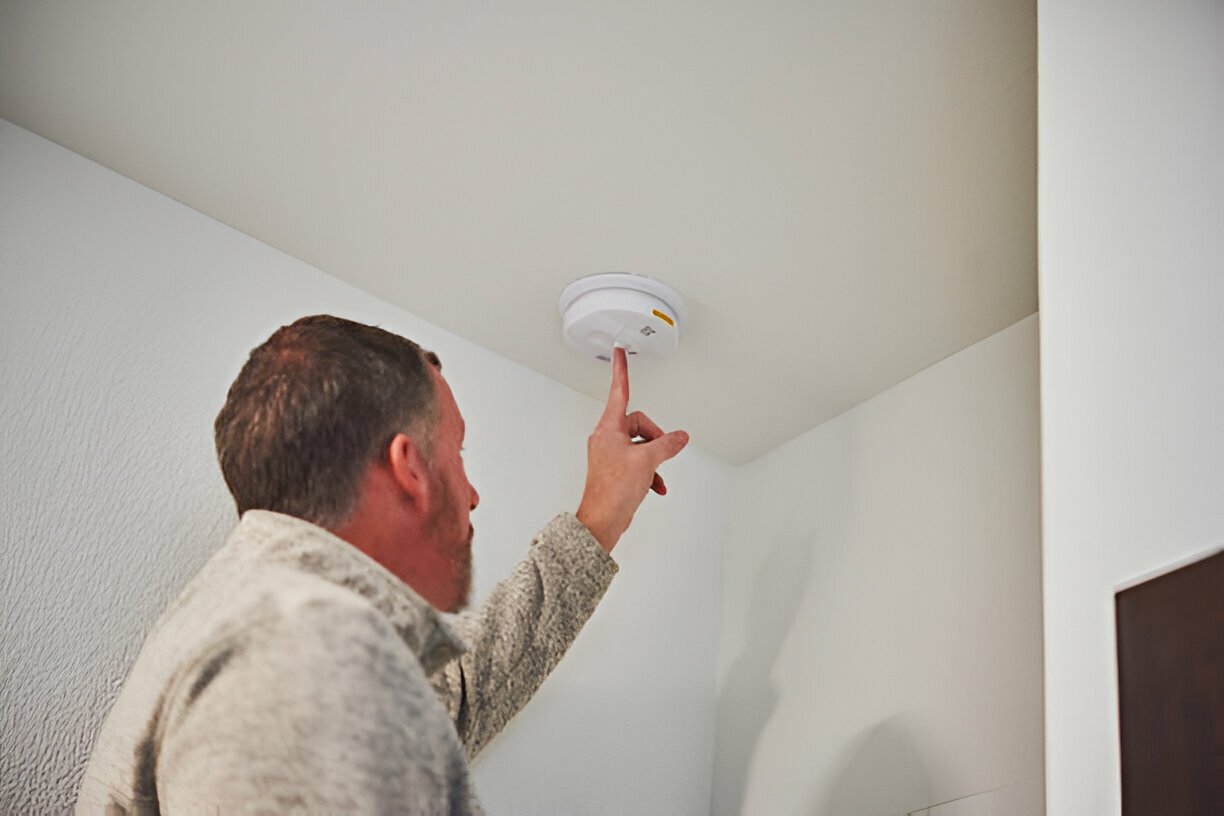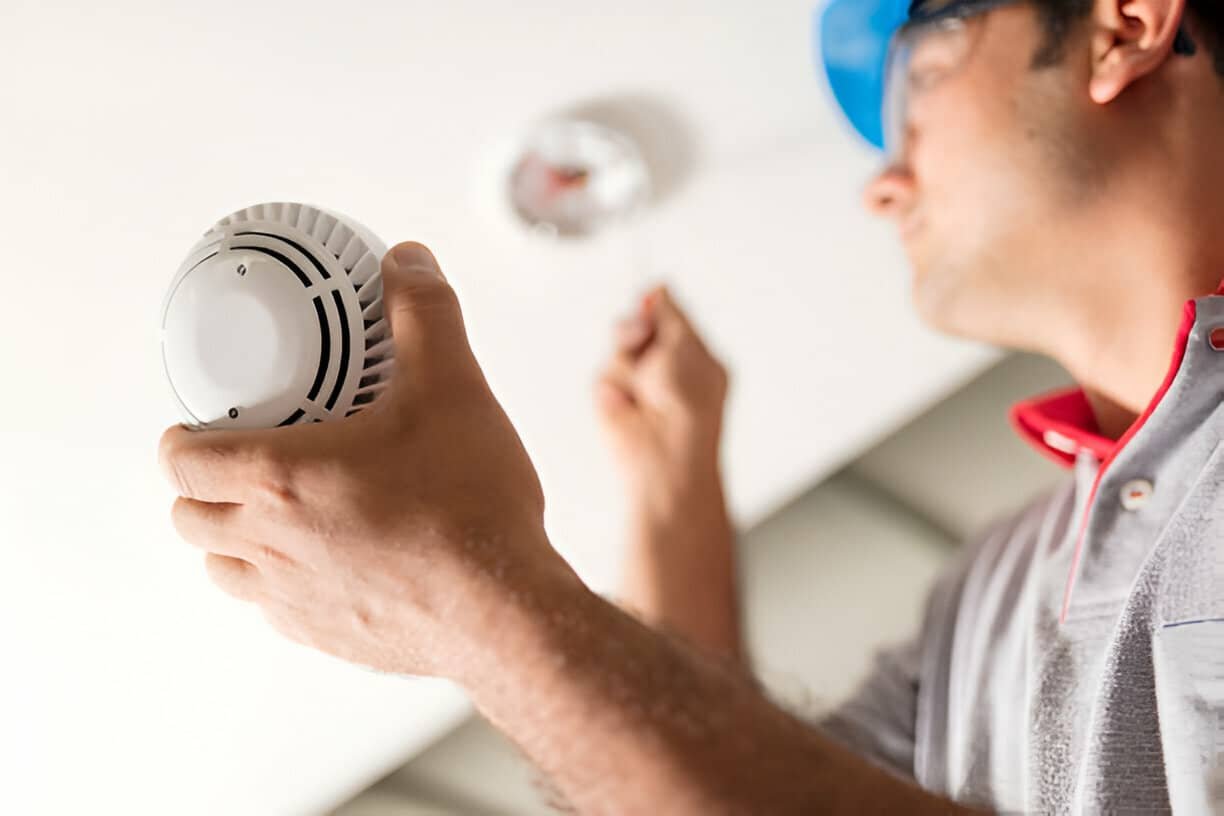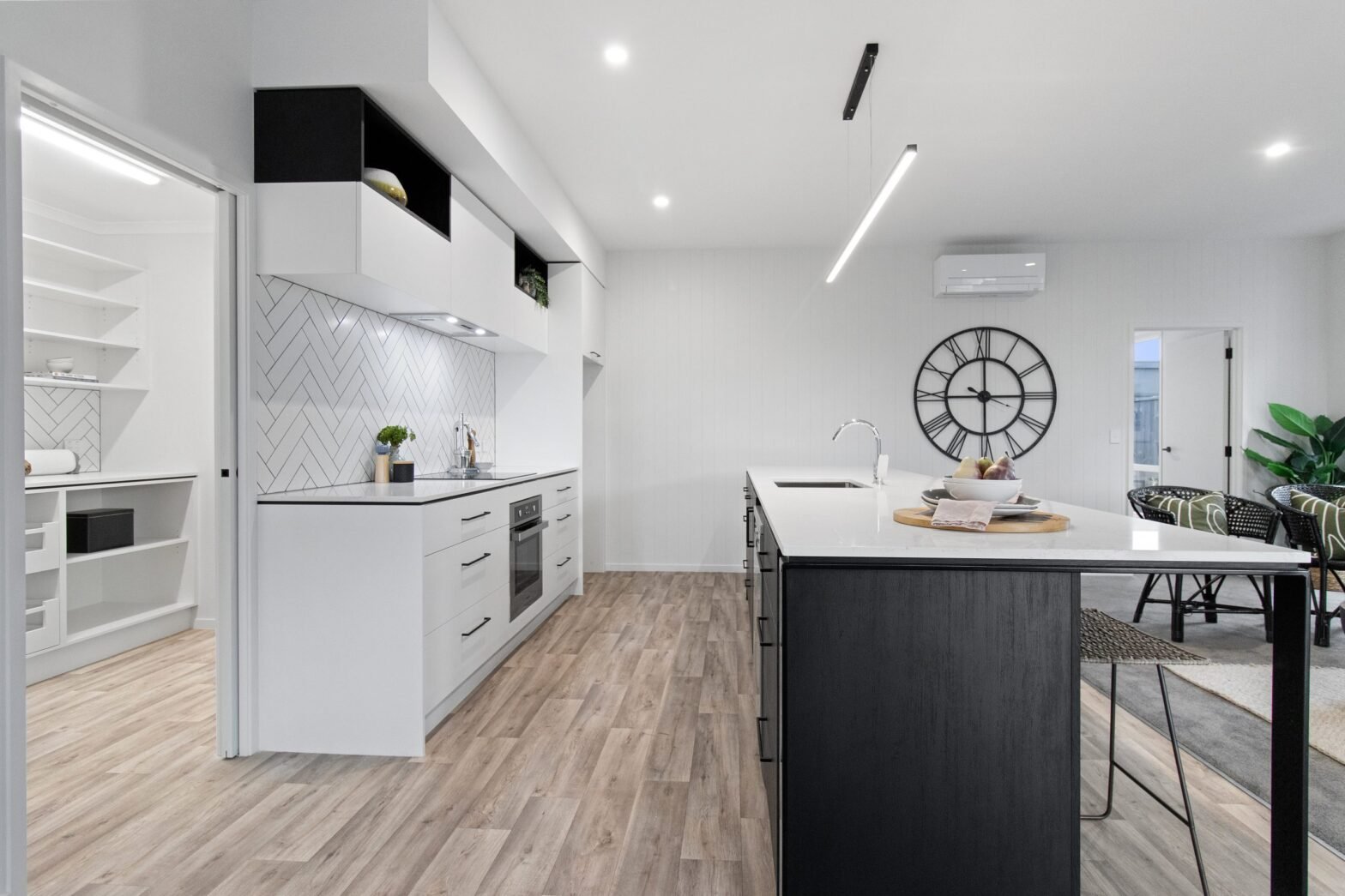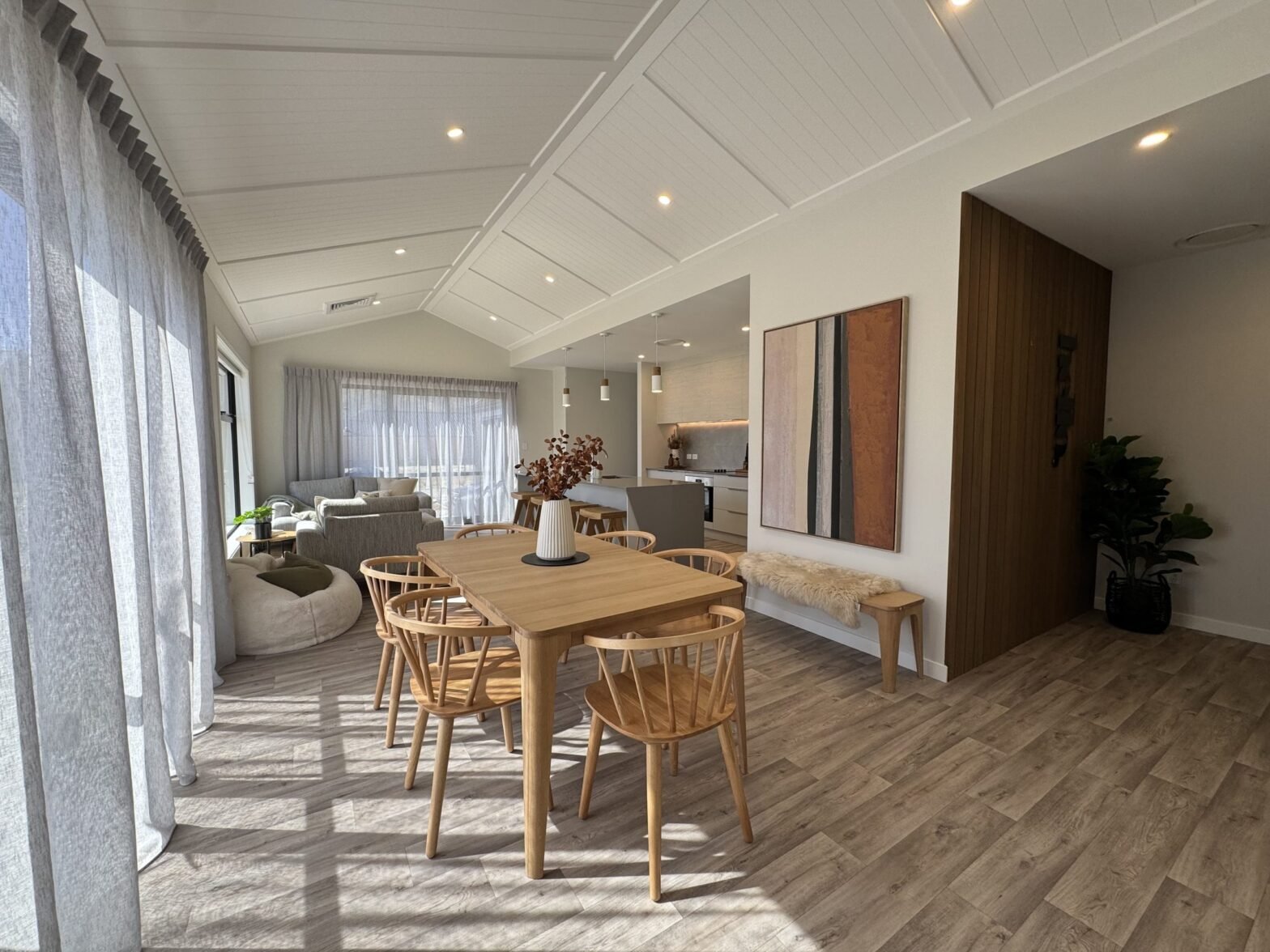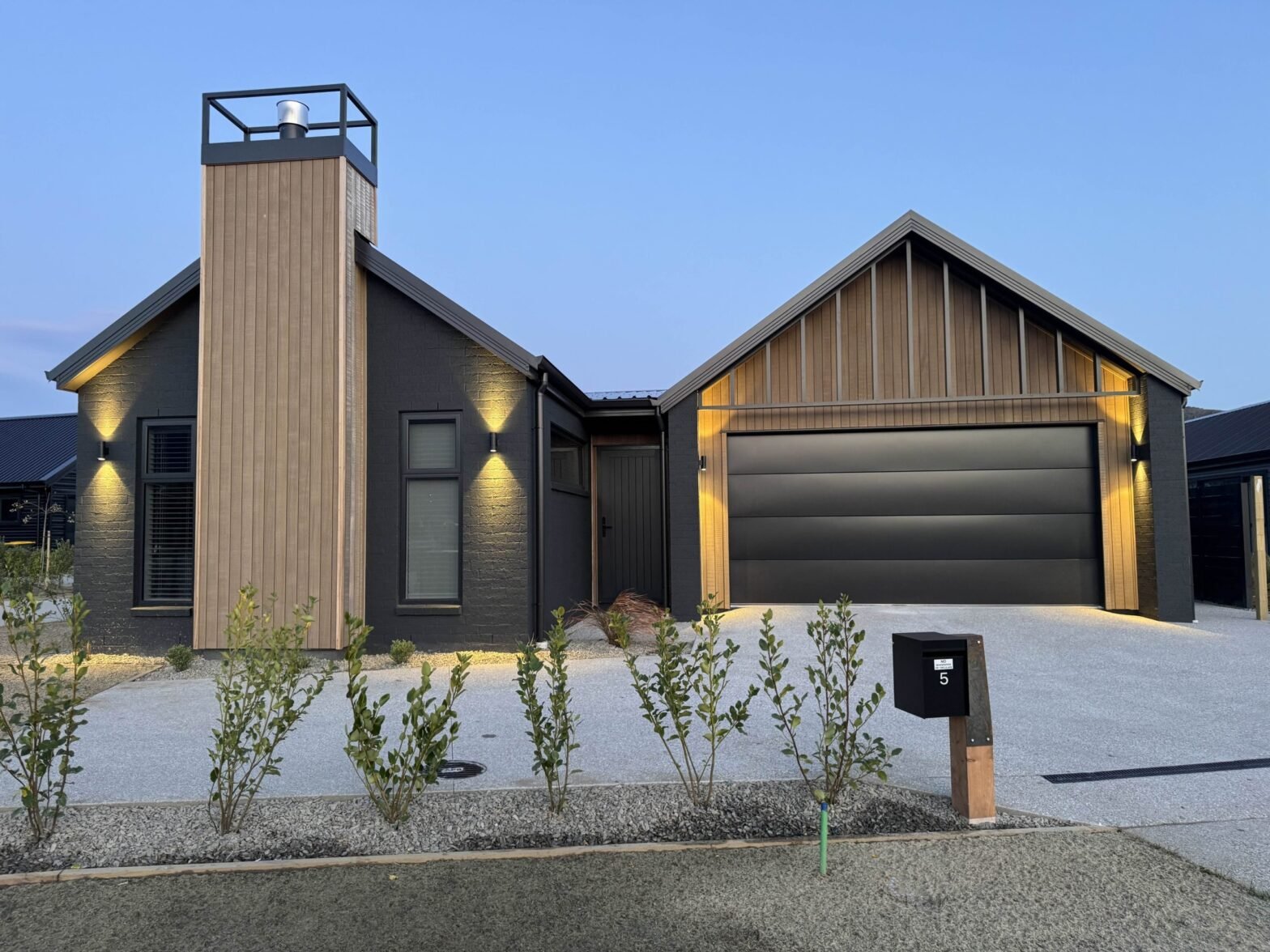Top Picks from Sparky Shop
Ensuring your home is equipped with reliable smoke alarms is crucial for protecting your family and property. Here are four top-rated smoke alarms from Sparky Shop that offer excellent performance, reliability, and features tailored for residential use.
1. 240V Hard Wired Photoelectric Smoke Alarm With 9V Backup Battery
Features:
- Hard Wired Photoelectric Smoke Alarm
- Includes a Backup 9V Battery
- Hush Time Approx. 8 Minutes
- Interconnection Up To 12 Detectors
- Complied to AS3786:2014
- Activfire Certified
- 3 Year Warranty Guarantee
Upgrade your home safety with our 240V Hard Wired Photoelectric Smoke Alarm featuring a 9V Backup Battery for continuous protection. Compliant with NZ standards, trust in our advanced smoke alarms to safeguard your family and property.
2. Orca Wireless Interlink Smoke Alarm
Features:
- Photoelectric sensor – best at sensing smoke from slow smoldering fires
- Ideal for living rooms, hallways and bedrooms
- Test button
- Hush feature
- Long-life built-in lithium battery
- Extra loud warning tone
- Low battery warning
- Warranty – 10 Years
Wireless Interlink Smoke Alarm, equipped with cutting-edge features to ensure your utmost safety. Its high sensitive photoelectric sensor detects smoke from slow smoldering fires, making it an ideal choice for living rooms, hallways, and bedrooms.
3. Hardwired Interlink Smoke Alarm 240V
Features:
- Photoelectric Sensor – best at sensing smoke from slow smoldering fires
- Ideal for Living Rooms, Hallways & Bedrooms
- Test Button
- Hush Feature
- Extra Loud Warning Tone
- Low Battery Warning
- 7 Year Warranty
This smoke alarm is ideal for residential and commercial dwellings. This hard wired smoke alarm allows multiple units to be interlinked to a larger protect. With this feature when one alarm activates, the entire network activates.
4. Micro Smoke & Heat Alarm
Features:
- Micro size 40mm diameter
- Fast installation with integrated self-adhesive base
- Photoelectric sensor for sensing slow smouldering fires
- Internal heat sensor that activates at approximately 62°C for sensing fast flaming fires
- Ideal for living rooms, hallways and bedrooms
- Full face Test/Hush Button
- Long-life built-in lithium battery
- Extra loud warning tone
- Low battery warning
- Fully compliant with NZ Building Code (Certified to EN14604:2005)
- Meets NZ Government 2016 Rental Housing Legislation
- Warranty – 10 Years
With a compact diameter of 40mm, this heat & smoke alarm is designed for fast installation, featuring an integrated self-adhesive base. This micro h smoke & heat alarm is equipped with a photoelectric sensor, it effectively detects slow smoldering fires, providing early warning to prevent potential disasters.
Conclusion
Smoke alarms are essential for home safety, and understanding the differences between photoelectric and ionization smoke alarms can help you choose the best option for your needs. Here’s a detailed comparison of these two types of smoke alarms:
Photoelectric Smoke Alarms
How They Work:
- Photoelectric smoke alarms use a light source and a light sensor. When smoke enters the chamber, it scatters the light, which then hits the sensor and triggers the alarm.
- They are highly effective at detecting slow-burning, smoldering fires, which produce a lot of smoke but less heat and flame initially.
Advantages:
- Faster Response to Smoldering Fires: Photoelectric alarms are more responsive to fires that produce a lot of smoke before bursting into flames, such as those caused by cigarettes or electrical malfunctions.
- Fewer False Alarms: These alarms are less likely to be triggered by cooking smoke or steam, making them ideal for placement near kitchens and bathrooms.
- Continuous Monitoring: They provide consistent monitoring and are reliable over time.
Disadvantages:
- Slower Response to Fast-Flaming Fires: They may be slower to respond to fast-flaming fires that produce less smoke.
Ionization Smoke Alarms
How They Work:
- Ionization smoke alarms use a small amount of radioactive material between two electrically charged plates. This ionizes the air and creates a current. When smoke enters the chamber, it disrupts this current and triggers the alarm.
- They are more effective at detecting fast-flaming fires, which produce a lot of heat and small amounts of smoke quickly.
Advantages:
- Faster Response to Fast-Flaming Fires: Ionization alarms are more responsive to fires that produce small particles of smoke, such as paper or grease fires.
- Widely Available: They are commonly found in stores and are often less expensive than photoelectric alarms.
Disadvantages:
- Prone to False Alarms: More likely to be triggered by non-emergency situations, like cooking smoke or steam, which can be inconvenient if placed near kitchens or bathrooms.
- Less Effective for Smoldering Fires: They may not detect smoldering fires as quickly, which can be a risk in certain situations.
Some Legal requirements
- Equipment required must be either 10 year long-life battery-operated (non-removable/sealed) or 240v mains powered, interconnected smoke alarms.
- All smoke alarms must meet compliance standards
- Where more than one smoke alarm is needed to meet the requirements of this standard, these alarms shall be interconnected so that when one activates, all smoke alarm devices in the household unit will sound. The interconnection between alarms may be wired or wireless.
- Smoke alarms shall be located in all bedrooms, living spaces, hallways and landings within the building.
- In a multi-level household, there shall be at least one smoke alarm on each level.
- All smoke alarms must have a hush and test button.
- Smoke alarms shall be located on or near the ceiling.
Required property requirements
Your landlord must install a smoke alarm:
- within 3 metres of each bedroom door, or in every room where a person sleeps
- in each level or story of a multi-story or multi-level home
- in all rental homes, boarding houses, rental caravans, and self-contained sleep-outs.
Building code requirements
If you’re building or renovating and have been issued a building consent, the New Zealand Building Code requires an approved smoke alarm to be fitted in every escape route (hallway) and within three metres of every sleeping space (bedroom) door.
Why some alarms make chirping sound?
Smoke detectors are programmed to make a periodic chirping sound when the battery needs changing. This is the main reason but there could be other reason such as faulty alarm. Inspect carefully if your smoke alarm is making this noise.
Where should smoke alarms be installed?
We recommend installing smoke alarms in every bedroom, hallway, living area and stairwell. If building or renovating, or if installing in a rental property, please refer to the applicable legislation.
How do wireless smoke alarm work?
Most residential smoke alarms available at your local retailer are what we call stand-alone smoke alarms. This means that once they are installed, they are only activated by smoke in the vicinity of the individual alarm. For instance, in the room they are situated in.





